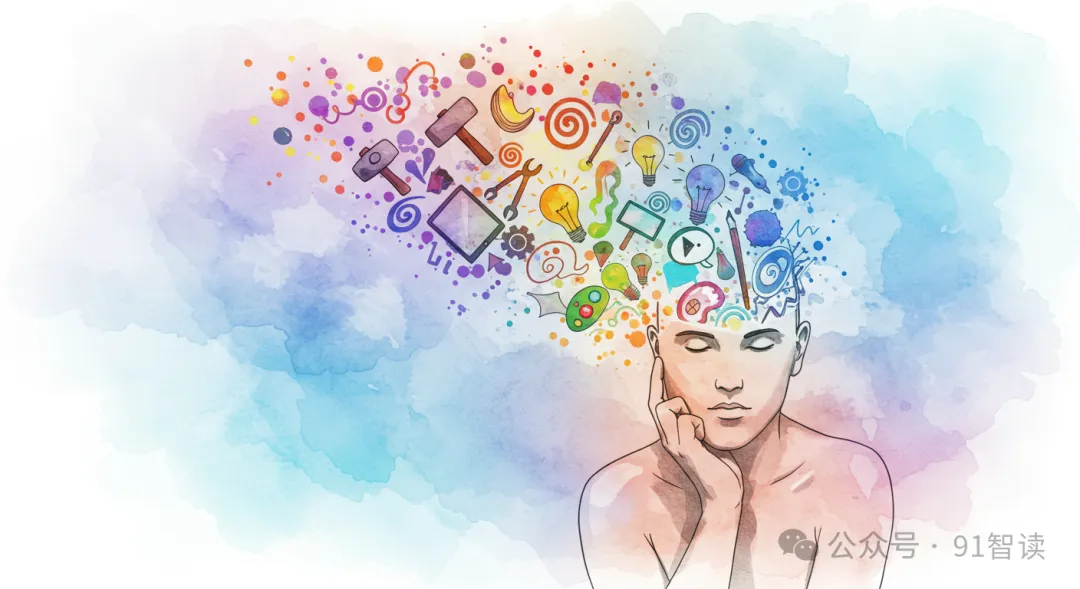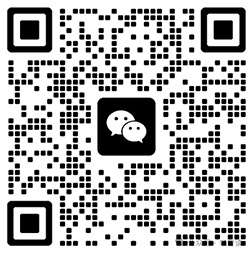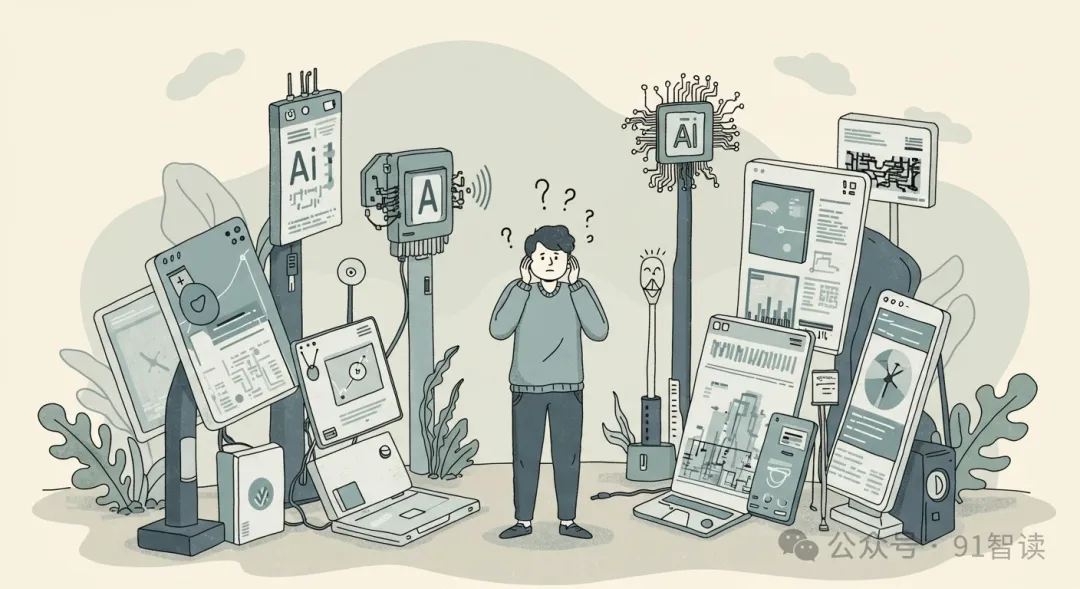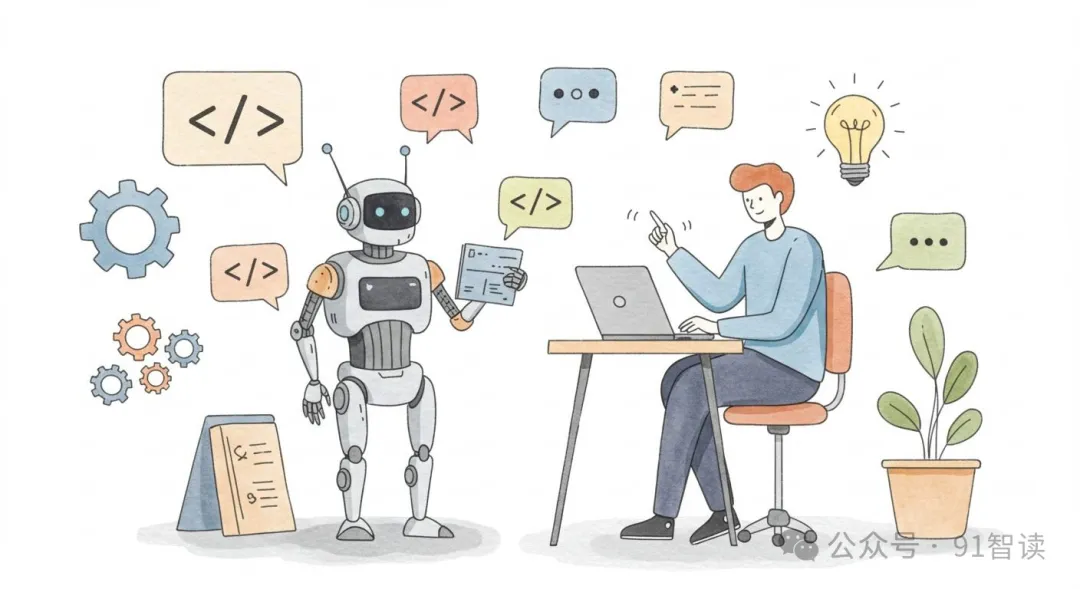Skills Needed in the AI Era

In recent years, Large Language Models (LLMs) have been constantly challenging my “fragile” heart almost every day.
Looking at the diverse new technologies, applications, and overwhelming articles, I want to stay up-to-date with new developments, but changes happen so quickly. Not keeping up with this news makes me fear falling behind. I wonder if you feel the same way as I do.
I don’t particularly like using the generic concept of AI. Large Language Models (LLMs) are not equivalent to AI; they only demonstrate a portion of AI capabilities.
For convenience, I’ll use “large models” to refer to LLMs in the following text.
Different people react differently to this technology. I’ve broadly classified these people into four categories:
Type 1: The Proactive
These people must engage with these technologies because large models directly impact their work and learning. They have no choice but to understand different application scenarios and improve their abilities to mitigate the impact of new technology on themselves.
Examples include copywriters, graphic designers, legal professionals, etc.
Type 2: The Conflicted
Large models directly impact their work and learning, creating a sense of crisis. They actively follow new developments, expending energy and time. Sometimes, after deep exploration, they feel they’ve wasted time when expectations aren’t met, yet they fear falling behind if they don’t keep up.
I belong to this group – caught in a dilemma.
Type 3: The Intermittent
Large models only indirectly impact them. They actively understand the capabilities of this technology but don’t use it directly in their work.
Examples include people-oriented professions like sales, or object-oriented work like carpentry.
Type 4: The Indifferent
Actually, I’m not sure if this type exists. I’ve included it purely based on the MECE principle (Mutually Exclusive, Collectively Exhaustive) for completeness.
I believe everyone on Earth needs to understand and master current large model technology and applications.
- Understand its working principles and capability boundaries;
- Master its usage methods and optimization techniques.
After identifying the points of anxiety, it’s time to analyze and solve them. Fortunately, I’ve found what I consider the best explanation so far.
Looking Past the Fog to See the Essence
Current large language models are essentially no different from the “stone hammers” made by Homo sapiens 200,000 years ago by tying stones to wooden sticks – they’re both tools.
Since the tool has been invented, how to use it and what value it can create are determined by the person using the tool.
Therefore, the conclusion is clear: Don’t focus on the tool itself; instead, consider whether you can use this tool effectively. What capabilities do you lack? How can you enhance these capabilities?
10 Skills We Need to Develop
Based on my own thinking and conversations with large models, here are 10 skills we need to develop:
01. Creativity and Innovative Thinking
Large models excel at optimizing tasks based on existing data and patterns, but true innovation and out-of-the-box creative thinking remain human strengths.
Humans can integrate knowledge across domains and propose unprecedented ideas.
How to cultivate:
- Encourage divergent thinking, such as brainstorming or free writing.
- Explore creative fields like art, literature, and design to develop interdisciplinary knowledge and perspectives.
02. Emotional Intelligence
“Emotional intelligence” is a borrowed term, translated from Daniel Goleman’s 1995 book “Emotional Intelligence.” When introduced to China, it was translated as “情商” to correspond with the existing concept of “智商” (IQ).
However, “Emotional” in English has rich meanings: emotional, moving, affecting; emotionally agitated (especially crying), emotionally expressive; (person) easily moved, emotional.
Large models still have limitations in understanding and processing human emotions, while emotional intelligence gives humans advantages in social interactions, team collaboration, and leadership.
- How to cultivate:
- Practice empathy, learning to think from others’ perspectives.
- Improve communication skills and self-emotion management through role-playing or feedback exercises.
Try thinking from a large model’s perspective and asking questions – you’ll definitely be surprised 😁
03. Critical Thinking and Problem-Solving
Large models can provide data analysis and suggestions, but humans excel in judgment, complex problem-solving, and ethical considerations.
How to cultivate:
- Participate in debates or case analyses to train logical reasoning abilities.
- Enhance decision-making skills by solving practical problems or playing strategic games (like Go).
04. Adaptability and Lifelong Learning
With rapidly changing technology, humans need to continuously learn new knowledge and skills to maintain competitiveness.
- How to cultivate:
- Maintain curiosity and actively explore new fields and technologies.
- Create learning plans, such as learning a new skill or language every year.
05. Ethical and Moral Judgment
Large models lack human value judgment capabilities, especially in decisions involving ethics and morality, where the human role is irreplaceable.
- How to cultivate:
- Study ethics and philosophy to understand social responsibility and moral principles.
- Reflect on the impact on others and society in daily decision-making.
06. Cultural and Artistic Appreciation
The profound human understanding and emotional resonance with culture and art are beyond the reach of large models, and this is also a source of human creativity.
- How to cultivate:
- Engage with diverse cultures by reading world literature or visiting museums.
- Participate in artistic creation, such as painting, music, or writing, to enhance aesthetic capabilities.
07. Leadership and Strategic Thinking
Large models can assist in decision-making, but setting visions, motivating teams, and formulating long-term strategies still require human wisdom.
- How to cultivate:
- Participate in team projects and practice leadership roles.
- Learn strategic planning methods to develop a global perspective and forward-thinking.
08. Cross-Cultural Communication and Global Vision
In the era of globalization, understanding different cultures and communicating effectively is an indispensable ability.
- How to cultivate:
- Learn foreign languages and participate in international exchange activities.
- Follow global affairs and understand cultural differences and social trends.
09. Physical Skills and Craftsmanship
Although large models excel in the virtual domain, human coordination abilities and craftsmanship still have unique value in the physical world.
- How to cultivate:
- Participate in sports or dance to improve physical coordination.
- Practice crafts such as woodworking or pottery to maintain manual skills.
10. Self-Awareness and Personal Growth
Humans possess the ability for self-reflection and the pursuit of life’s meaning, which is an inherent advantage that large models cannot replicate.
- How to cultivate:
- Regularly engage in self-reflection, such as journaling or meditation.
- Set personal growth goals and pursue spiritual fulfillment.
Conclusion
In a complex and uncertain world, we must always remember to look inward, understand our strengths and weaknesses, see what we need to improve and how to improve it, rather than shifting our attention outward.
Looking inward brings clarity, looking outward brings confusion; inner clarity and outward observation nurture wisdom.
👇Scan the QR code with WeChat, follow “91智读” for daily updates and grow together.

👇Feel free to add me on WeChat to share stories about personal growth.




